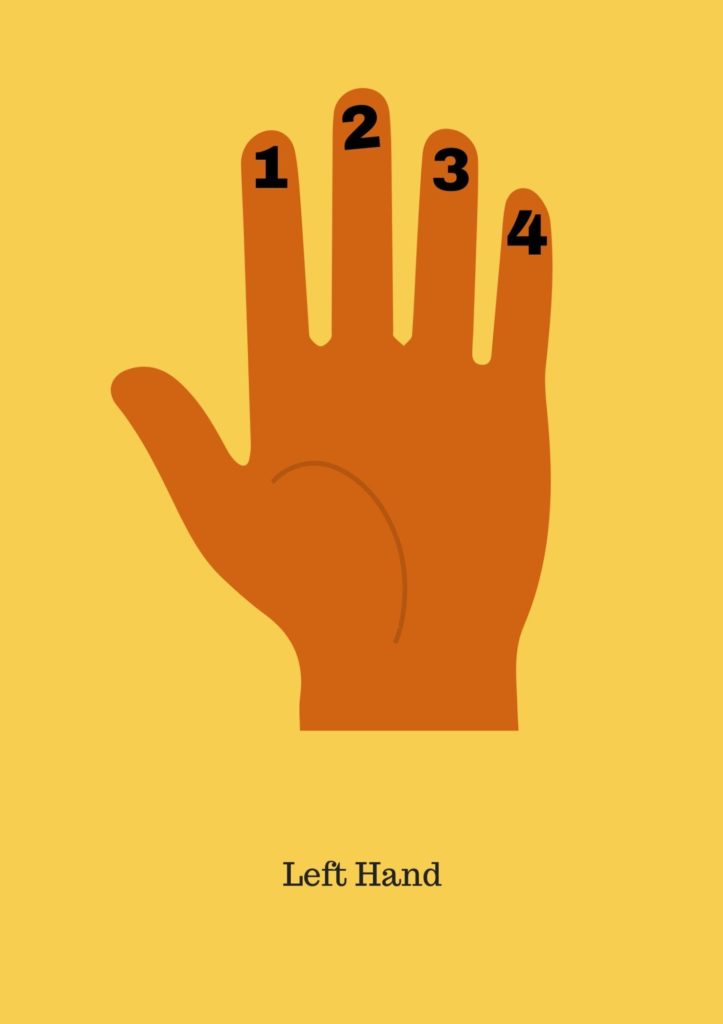
Chords
The new chord in this lesson is Cadd9. It might sound more difficult than a regular C chord but it’s just as easy. In fact, It’s almost the same as the G chord we just learned!
The “add9” just tells us there’s an extra note included in the chord which doesn’t usually belong there. In this case, it’s a D note.
Take a listen to the Cadd9 chord….
This is what it looks like…




Theory – Pitch
The pitch interval (or distance) between the nearest two notes is called a semitone. This is the smallest possible interval in Western music. On a guitar, a semitone would be the difference between two adjacent
The pitch of a note can be altered by sharps and flats. A sharp will raise the note by one semitone. A flat will lower the note by one semitone.
G sharp is written as G♯ and G flat is written as G♭
G sharp is the same pitch as A flat.
Capo magic
You can use a special accessory called a capo to change the pitch of the chords you play on the guitar. It’s a little bit like a clamp which presses each of the strings against the frets.
Right-hand technique
We can strum the guitar with our fingers or use a pick. It doesn’t really matter at this stage. Using a pick can give you a crisper sound with more attack. Strumming without a pick is a litter mellower.
We can strum the string with both downward and upward motions. Downstrokes will hit the lowest pitch strings first and give a heavier sound. They often coincide with the groove created by the bass drum. Upstrokes give a lighter sound and are often used to fill out the basic rhythm.
The diagram below shows strumming of downstrokes on each beat of the bar.

Practice Track
The following practice track alternates between the G and Cadd9 chords. Try strumming along with this.

